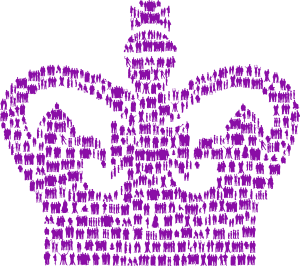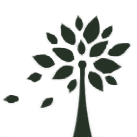The Nature Reserve was created in two stages: Fauna on agricultural land leased from Lancaster City Council (agreed by Cabinet in 2009) and Flora on land bought bought between 2011 and 2013.
Fauna
After the creation of the Millennium Orchard, the extension of the area to the fields on the opposite side of the Pads footpath seemed like a natural next step and the idea of a nature reserve, took shape. The fields were leased by Lancaster City Council to Robin Loxam and continue to be grazed by his White Park cattle.
The plan for a farmed nature reserve, with Robin Loxam as tenant farmer and much greater public access, was drawn up by Georgina Peacock and funding was received from Groundwork Community Space, the Lancashire Environment Fund (LEF) and Natural England. The plans included new footpaths, seats and signage and the fields were developed in line with a Natural England agreement designed to enable the Fairfield Association to create traditional meadows and a reedbed and to attract wetland birds and waders.
The Fauna project was completed in 2011 and the entrance was marked with a set of stone carvings by Joanna Szuwalska.
Flora
Shortly after the completion of Fauna, some of the fields, south of Lucy Brook came up for auction and a campaign was launched to raise the money using pledges from local people. In 2013 the fields south of Lucy Brook were purchased and paid for using around £200,000 from local donations and £100,000 from the Heritage Lottery Fund. The area to the south of the brook became known as Flora and this area increased the size of the nature reserve from 16 acres to approximately 50 acres. The Flora area added diversity to the nature reserve, in particular woodland areas. It also added features of historical interest. The woodland area, now known as Pony Wood, was planted as a landscape feature by Aldcliffe Hall in the mid 19th century and Flora Field, has visible signs of medieval strip farming (lynchets) which the Fairfield Association protects.
Part of the Flora land was bought from NACRO. This land was an 18th century charitable bequest to support poverty-stricken debtors in Lancaster Prison. Surveys undertaken in 2014 and 2015 uncovered coins and other items, mostly Georgian, but also including an Elizabethan groat and half groat and a lead bale seal of Russian origin (St Petersburg) thought to have been connected to the production of linen in the area.
Public consultation
After a public consultation at the Friends Meeting House in 2013, it was agreed that the Natural England agreement should be extended to Flora Fields. This plan included an arable field with wild-flower and bird-friendly margins, an extension of the woodland area and a new path to provide greater public access.
Recent developments
More recent developments include a collaboration with Lancaster district Birdwatching Society, to provide additional seed in Flora field for overwintering birds and an unexpected proposal from Lancashire Wildlife Trust (LWT) in 2020, to increase and improve the number of ponds and scrapes in the nature reserve, mainly in the Flora area. These ponds are part of a Natural England project to attract great crested newts in Lancashire and although there is, as yet, no sign of a Great Crested Newt, they have greatly improved wet areas and ponds and provide new habitats.

